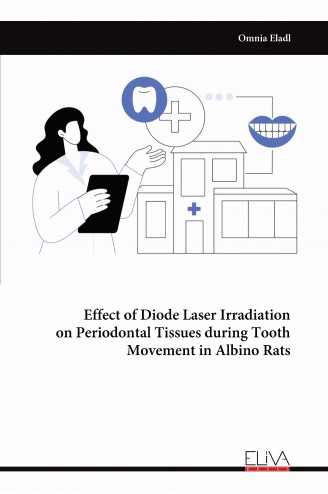
Effect of Diode Laser Irradiation on Periodontal Tissues during Tooth Movement in Albino Rats
$ 54.5
Description
Effect of Diode Laser Irradiation on Periodontal Tissues during Experimental Tooth Movement in Albino Rats ABSTRACT: Introduction: Among the several tissue effects of laser irradiation are biostimulation and photo disruption. What happens in the tissues is dependent on how long the irradiation lasts and how much energy is given. Aim: This study set out to use histomorphometric analysis to determine how diode laser exposure affected the alveolar bone, periodontal ligament, and root surface in rats during experimental tooth movement. Material and methods: Twenty albino rats were induced to have orthodontic tooth movement group I (positive-control group) 10 rats got orthodontic tooth movement alone and group II (study group) 10 rats got orthodontic tooth movement and subjected to Irradiation with Diode Laser (980 nm) applied perpendicular and in contact with the gums between two upper incisors with a power output of 300 mw. The application was applied in a continuous mode. Histomorphometric analysis was done at day 14. Results: Compared to orthodontic tooth movement alone, orthodontic tooth movement assisted by diode laser shows better results. All sites treated with orthodontic tooth movement and diode laser showed a statistically significant improvement in all clinical markers. Conclusions: In orthodontic therapy, a low-level laser speeds up tooth movement by increasing metabolic activity in the alveolar bone around the teeth being corrected. KEYWORDS: Lasers, Rats, Periodontal Ligament, Orthodontic Tooth Movement.
